-
Innholdsteller
270 -
Ble med
-
Siste besøk
Innholdstype
Profiler
Forum
Kalender
Innlegg skrevet av Ruben Frydstad
-
-
vis det var den myslyka så var det menigen.
-
-
hei
[video:youtube]mv6R-QrU8GY&fmt=18
leg gjærne igjen en komentar
-
bruker opera jeg og men har aldrig måtte logge inn flere ganger jeg logger ikke inn vær gang han logger inn automatisk
-
jaja stemmer det
-
bra redigert bm. takk for den hygelige dagen i dag
-
sån flyr ikke min flight 1.
men stønt piloter må man jo ha i ai trafikken da hehe
-
steike det ser jo ekte ut jo

-
Skulle du ta av med full flaps? :eek:
samma det jeg fikk den opp der
-
e jeg fikk den opp der trima han og hadde full flaps og 30%fuel
-
dette flye hetter tony og fløy formasjon med tony og det er japansk allt inni står på japask fra spedd målern til dør opneren
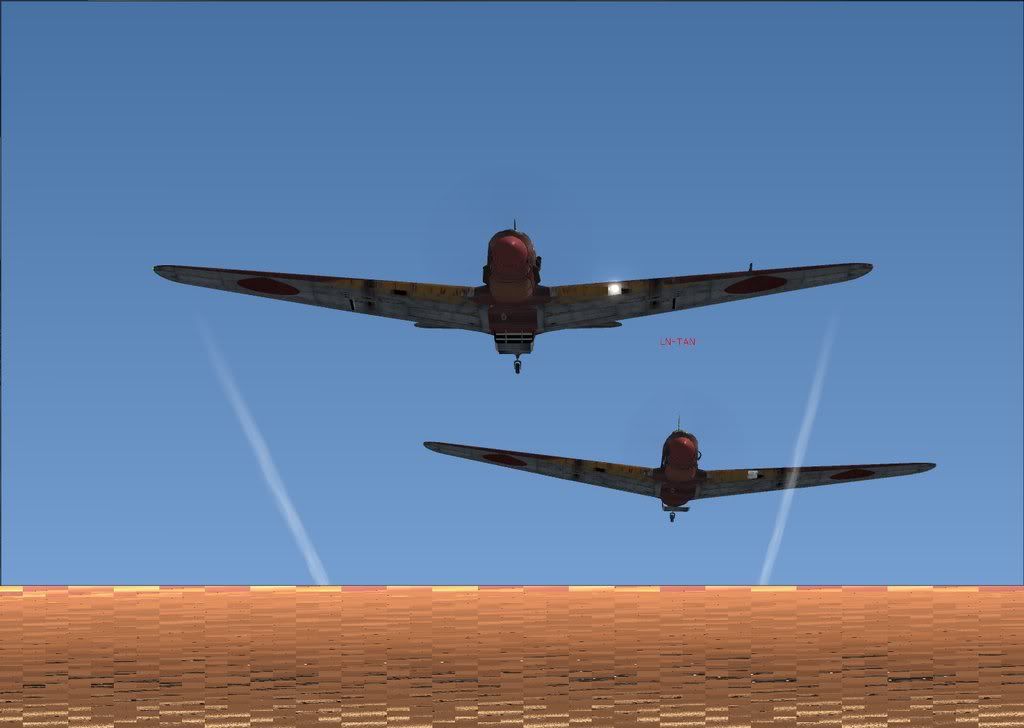
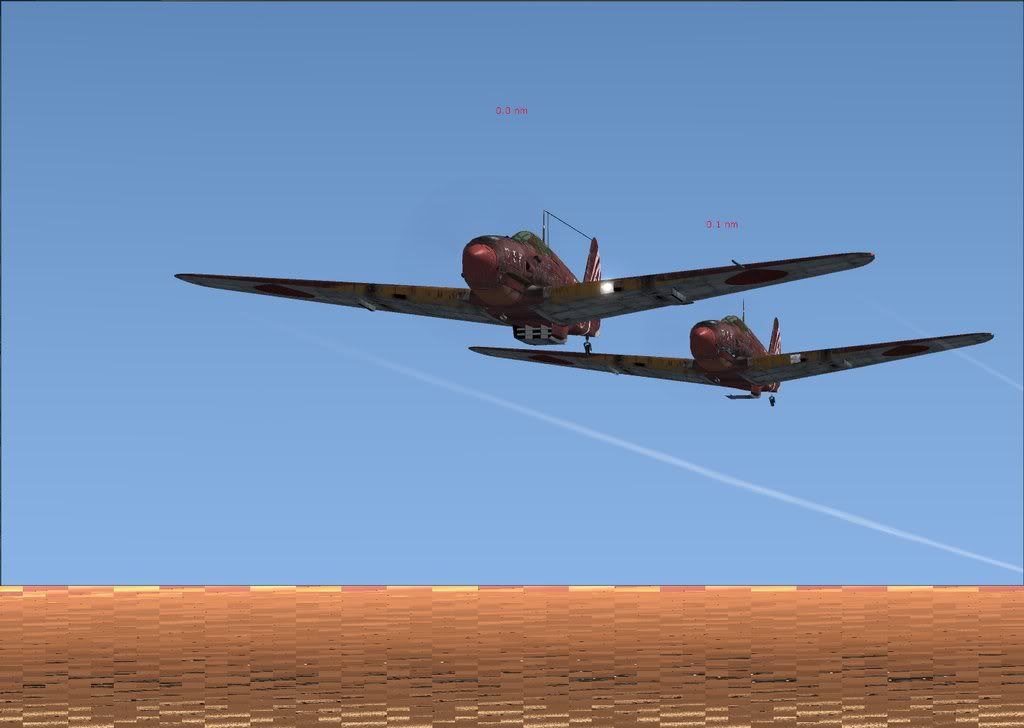
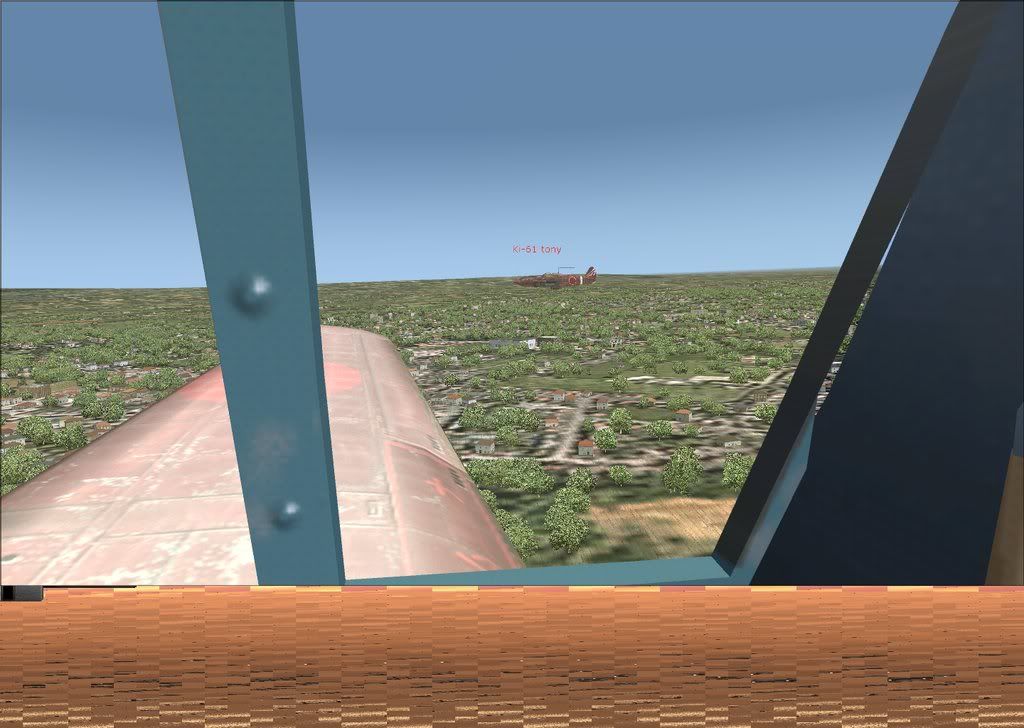
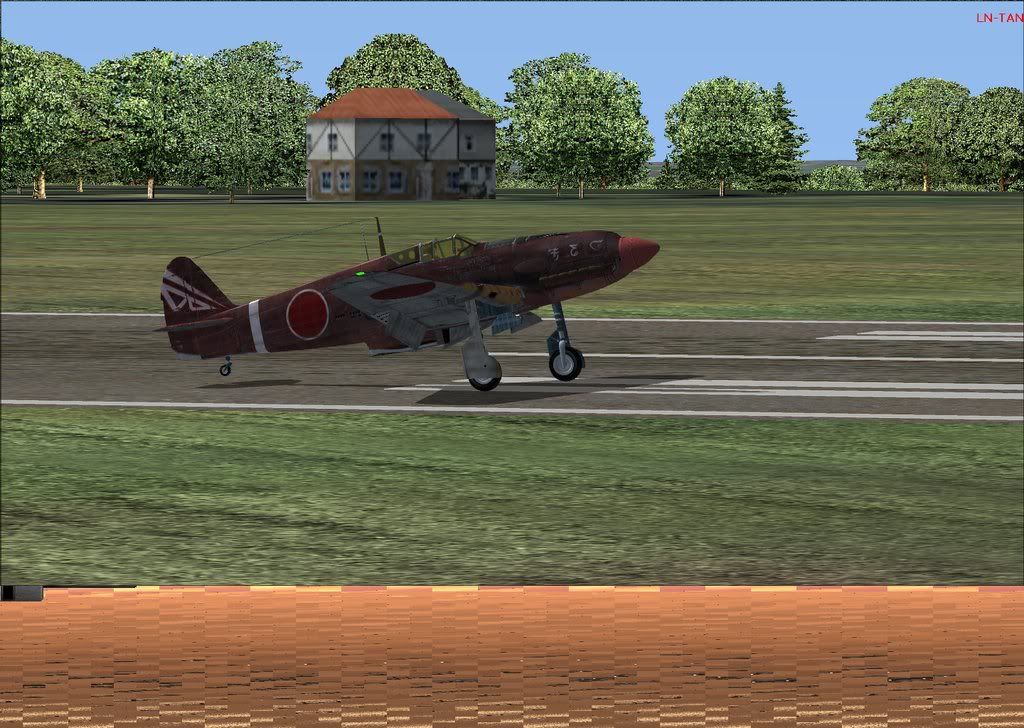

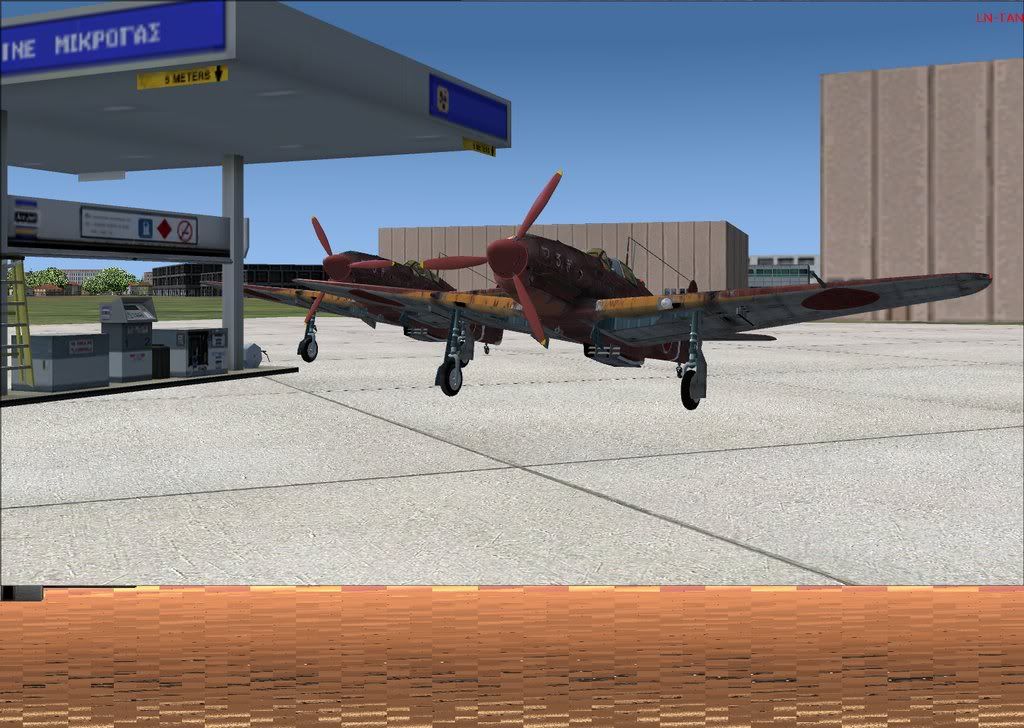
kom borti skyte knapen på parkeringa
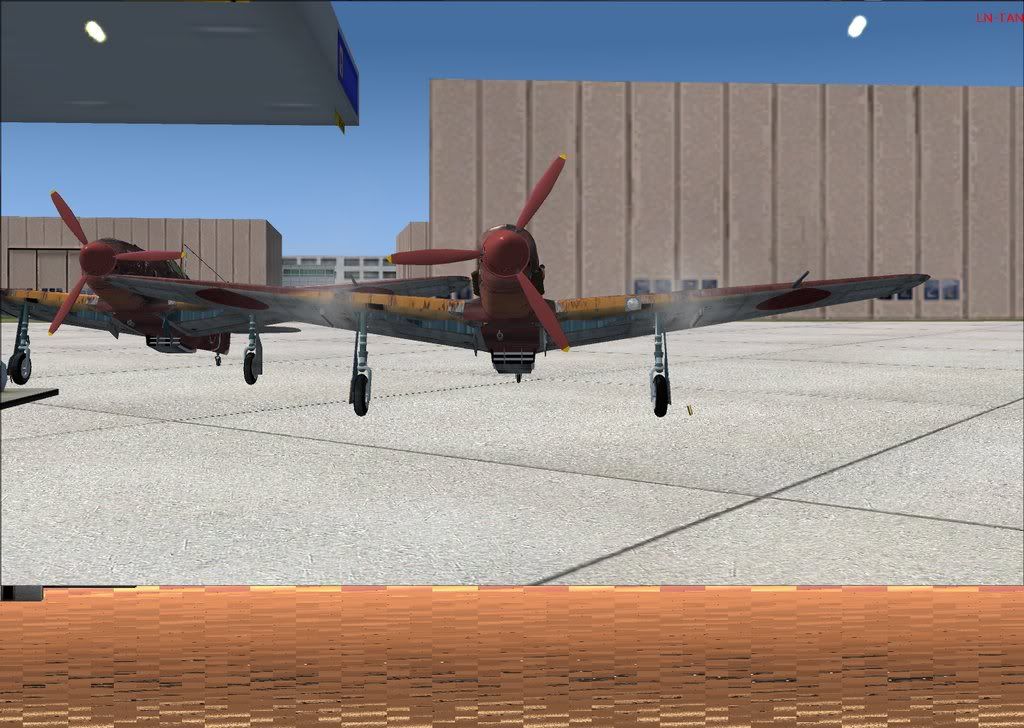
også litt info om det
ORIGINS OF THE KI-61
* The confusion of the Ki-61 with German and Italian fighters had some basis in the aircraft's origins. Between 1923 and 1933, Kawasaki Aircraft Engineering Company's head designer was a German named Dr. Richard Vogt, who returned to Germany in 1933 to take a similar position at the firm of Blohm und Voss. Not surprisingly, Kawasaki continued to be strongly influenced by Dr. Vogt's beliefs after he left, particularly a faith in the merits of liquid-cooled inline engines. This made Kawasaki something of a heretic among Japanese aircraft manufacturers, who preferred air-cooled radials.
In March 1938, Kawasaki signed an agreement with Daimler-Benz of Germany for manufacturing rights to the liquid-cooled inline engines then under development by the German firm. In April 1940, a Kawasaki engineering team visited Daimler-Benz in Stuttgart to obtain plans and samples of the DB-601A engine, then being used in the Bf-109.
The Kawasaki engine team managed to increase the take-off power of their version of the engine to 875 kW (1,175 HP) and reduce its weight slightly. The engine was put into production in November 1941. It was designated the "Ha-40", or "Army Type 2", though it would be later redesignated the "Ha-60" in a combined Army/Navy nomenclature.
In the meantime, certain officers at the Air Headquarters of the Imperial Japanese Army (IJA) were very interested in the new fighters powered by liquid-cooled engines being developed in Britain, the USA, the USSR, Germany, and France. The Japanese Army also had unpleasant experiences in air combat against Soviet Polikarpov I-16 fighters during the beating the Japanese took from the USSR in a border clash over Manchuria in the summer of 1939. This experience suggested that the single-minded focus on agility above all that characterized Japanese fighter design doctrine might need to yield to a focus on speed and improved armor protection and firepower.
* In February 1940, the IJA initiated work with Kawasaki on two single-seat fighters based on the DB-601A derivative engine: a heavy interceptor, designated the "Ki-60", and a general-purpose fighter, designated the "Ki-61". Kawasaki decided to build the Ki-60 first, and the design team, under Kawasaki chief designer Takeo Doi and his deputy Shin Owada, constructed three prototypes of the interceptor in 1941.
The Ha-40 engine was not available at that time, so the three aircraft were powered by sample DB-601A engines obtained from Germany. The Ki-60 was a low-wing monoplane, with plenty of power and heavy armament by Japanese standards. The first and second prototypes had two 12.7 millimeter (0.50 caliber) Ho-103 machine guns mounted on the nose in front of the pilot and two 20 millimeter Mauser MG-151 cannons, one mounted in each wing, for a total of four guns. The third prototype had four 12.7 millimeter guns.
KAWASAKI KI-60:
spec metric english
wingspan 10.5 meters 34 feet 5 inches
wing area 16.2 sq_meters 174.4 sq_feet
length 8.47 meters 27 feet 9 inches
height 3.7 meters 12 feet 2 inches
empty weight 2,150 kilograms 4,740 pounds
loaded weight 2,750 kilograms 6,063 pounds
max speed at altitude 560 KPH 348 MPH / 303 KT
service ceiling 10,000 meters 32,800 feet
Flight tests began in March 1941 and showed that the Ki-60 was too unmaneuverable and didn't meet its speed and climb requirements. Various tweaks to improve the aircraft failed, and so the Ki-60 was abandoned.
* The experience was valuable, however. Design work on the Ki-61, whose development had been proceeding in parallel with the Ki-60 since December 1940, incorporated new features derived from the lessons learned by the Ki-60 program:
Aerodynamic refinements were added.
The wing was increased in size and length to improve maneuverability.
The fuselage was slimmed down to improve speed.
Armament was reduced by replacing the two 20 millimeter guns in the wings with either two 12.7 millimeter Ho-103 guns or two Type 89 7.7 millimeter (0.303 caliber) guns.
Fuel capacity was increased, as required by offensive fighter operations, which dictated longer range than required by an interceptor.
The landing gear track was widened to allow use from primitive forward airfields.
The first prototype was rolled out in early December 1941, and its performance proved excellent. Eleven more prototypes were delivered to the IJA for intensive trials. The Ki-61 was pitted against other Japanese fighters, as well as against the Messerschmitt Bf-109E-3, of which two had been bought by the IJA from the Germans, and the Curtiss P-40E, several of which had fallen into Japanese hands after the capture of the Dutch East Indies.
While test pilots were a little skeptical of the new aircraft at first, pilots with combat experience appreciated the Ki-61's self-sealing fuel tanks, heavier armor and armament, and fast diving speed. The air combat tests showed the Ki-61 to be faster than all its adversaries, and easily out-maneuvered all of them except the Japanese Nakajima Ki-43 ("Oscar").
The 13th Ki-61, a production prototype, was delivered in August 1942. The IJA gave the green light for production, and the fighter began to roll off the assembly line, with 34 delivered by the end of 1942. The type was formally known as the "Army Type 3 Fighter Model 1 Hien", or "Ki-61-I".
The production machines differed from the prototypes only in tweaky details. Initial production consisted of two variants: the "Ki-61-Ia", with two 12.7 millimeter guns in the nose and a 7.7 millimeter gun in each wing, for a total of four guns; and the "Ki-61-Ib", with 12.7 millimeter guns in both fuselage and wings. These aircraft could be fitted with two 200 liter (53 US gallon) drop tanks.
[2] THE KI-61-I GOES TO WAR
* The Hien entered combat in the spring of 1943 in the New Guinea war zone, covering New Guinea, the Admiralty Islands, New Britain, and New Ireland. The new Japanese fighter caused some pain and consternation among Allied pilots, particularly when they found out the hard way that they could no longer go into a dive and escape as they had from lighter Japanese fighters. 5th Air Force Commander General George Kenney found his P-40 Warhawks completely outclassed, and begged for more P-38 Lightnings to counter the threat of the new enemy fighter.
The Ki-61 demonstrated only a few teething problems in field use, such as a tendency towards engine overheating during ground running under tropical conditions. However, despite the heavier armament, it still didn't have the punch to easily knock rugged and well-armed Allied bombers out of the sky.
The Kawasaki designers had forseen this problem. The Japanese Ho-5 20 millimeter cannon wasn't available at the time, but the Japanese obtained 800 Mauser MG-151/20 20 millimeter cannon from Germany in August 1943, and modified 388 Ki-61-I airframes on the production line to carry the German weapons in place of the two 12.7 millimeter wing guns. The cannon had to be mounted on their sides to fit into a wing, with an underwing blister for the breech, and some reinforcements were added to the wing to absorb the heavier recoil.
* Once the Ho-5 cannon became available, Kawasaki designers then reversed the arrangement of the guns, putting the 20 millimeter cannon in the nose and the 12.7 millimeter guns in the wings. While they were making these modifications, they also made a few changes to streamline manufacturing and simplify field maintenance.
This new variant was designated the "Ki-61-I KAIc" (where "KAI" was for "kaizo", or "modified") was 19 centimeters (7.5 inches) longer than its predecessors, and also featured a detachable rear section; a fixed tailwheel instead of the earlier retractable tailwheel; stronger wings; and stores pylons outboard of the main landing gear, allowing it to carry two 250 kilogram (550 pound) bombs.
KAWASAKI KI-61-I KAIC:
spec metric english
wingspan 12 meters 39 feet 4 inches
wing area 20 sq_meters 215.3 sq_feet
length 8.94 meters 29 feet 3 inches
height 3.70 meters 12 feet 2 inches
empty weight 2,630 kilograms 5,800 pounds
loaded weight 3,470 kilograms 7,650 pounds
maximum speed 590 KPH 366 MPH / 318 KT
service ceiling 10,000 meters 32,810 feet
range 1,800 kilometers 1,120 MI / 975 NMI
The Ki-61-I KAIc went into production in January 1944 and ultimately replaced production of all earlier models in August 1944. A few "Ki-61-I KAId" bomber interceptors were also built in late 1944. These aircraft featured two 12.7 millimeter guns in the fuselage and a 30 millimeter Ho-105 cannon in each wing. Total production of all subvariants of the Ki-61-I was 2,654, with the Ki-61-I KAIc accounting for over half that number.
måtte se kor vi var så slo ikke av den røde texsten.
læg gjærne igjen en komentar
-
legg bare det bakerste på youtube de tallene i ikke hele linken
fks:
http://www.youtube.com/watch?v=[color:#CC0000]5pkukKiRhBA [/color]
det i rødt skal legges inn på den der innlegger greia så du kan se den i posten din
også en video ybta8CyNbOU sZIWDlasxMo
-
det er på skagen (ENSK) Storkmarknes det er liksom havet ikke gress
-
her er et bilde jeg fant i ei mape på pcen
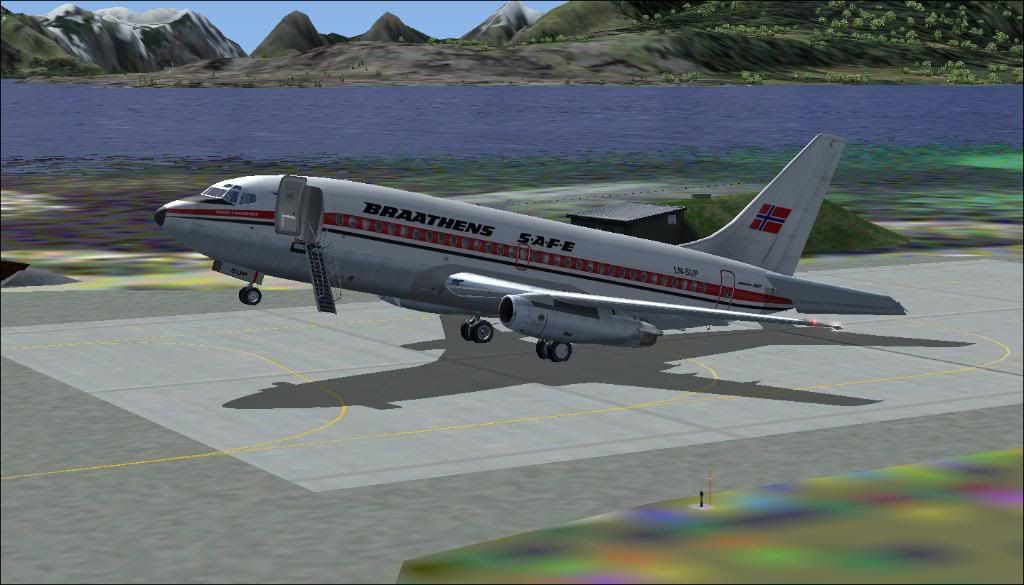
ser ut som aa ikke var på og autogen ikke var på fullt der det var vel den tiden jeg lekte med og finne et fint vann og bytte ai fly og himel og trær
-
var og sjika i aircraft mappa og fant det ut.
Engelsk:
The Arado Ar 234 Blitz was the only jet-powered
bomber to become operational during World War II.
Originally designed as a reconnaissance aircraft, it
was ultimately put to use late in the war as a
reconnaissance bomber. Capable of carrying up to
1,500 kg of bombs externally, its high speed and
turbojet power set it apart from other aircraft in its
class. Frustrated Allied pilots had no chance of
intercepting this aircraft, which flew too fast and
high for any available interceptor. In the bomber
role, it could carry up to 1,500 kilograms of bombs,
not a large load but certainly an effective tactical
payload for a high-speed strike. The Ar 234 was also
intended to carry the planned Virus House atomic
bomb, which never came to fruition.
The aircraft was a very clean, aerodynamic,
aesthetically pleasing design that flew as well as it
looked. By all accounts, the Blitz had excellent
handling and was a delight to fly.
Norsk:Arado Ar 234 var det eneste jetdrevne bomberen som kom i tjeneste under andre verdenskrig. Den var egentlig designet som rekognoseringsfly, den ble senere i krigen brukt som rekognoseringsbomber. Den hadde muligheten til bære opptil 1500kg bomber eksternt, dens høye fart og turbojet kraft skilte den fra de andre flyene i jet-klassen. I bomber-rollen som kunne den bære opptil 1.500 kilogram med bomber, ikke særlig stor kapasitet, men effektiv kapapsitet nok til en høy-farts angrep. Ar 234 var også designet til å bære virus atom bome, noe som aldri ble gjennomført. Flyet var en ren estetisk og aerodynamisk design som fløy like godt som den så ut.
fikk ikke oversat den siste delen men prøvde
-
rutene er fra ultimate trafikk men flyne har e lagt til sjøl og det er fs9
-
-
hei igjen her er en wings of power maskin men husker ikke ka flye hetter.
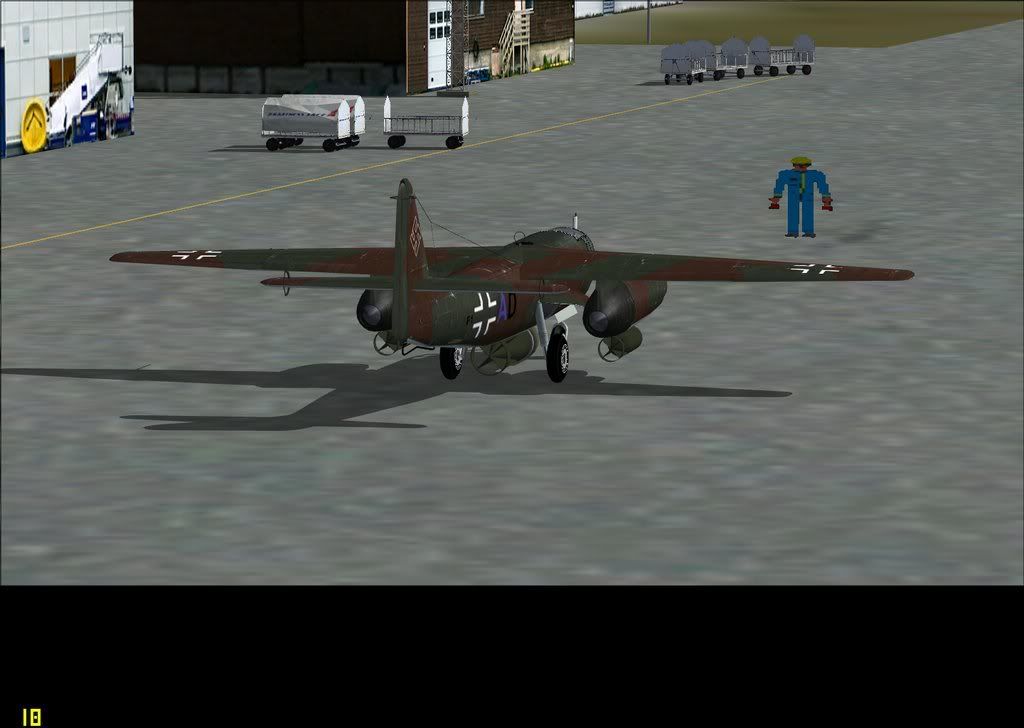

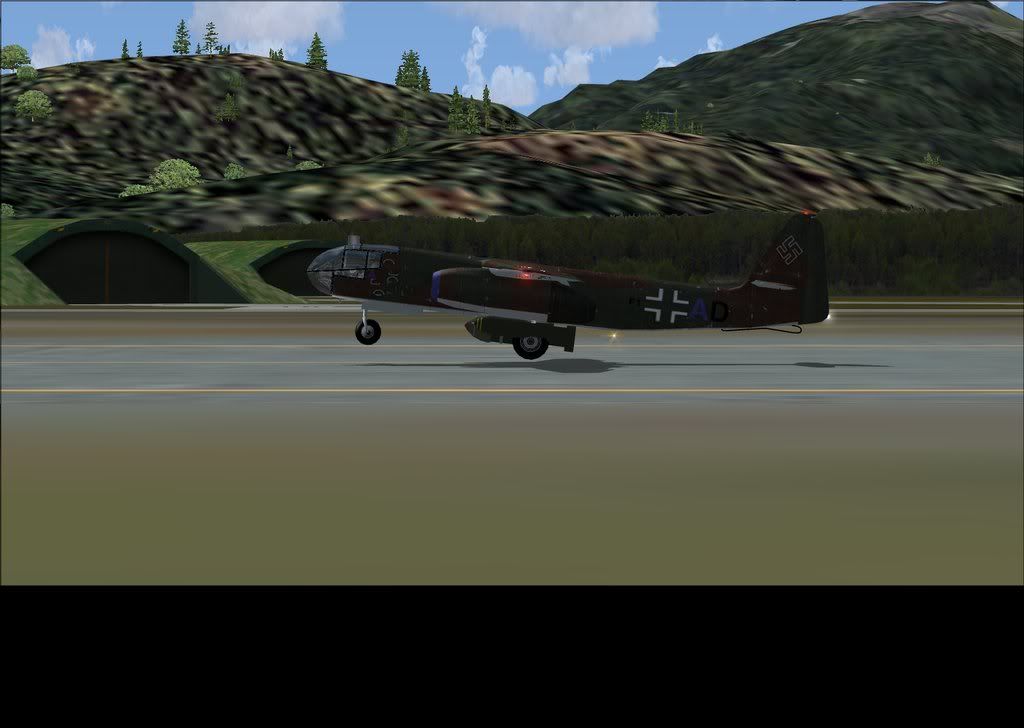
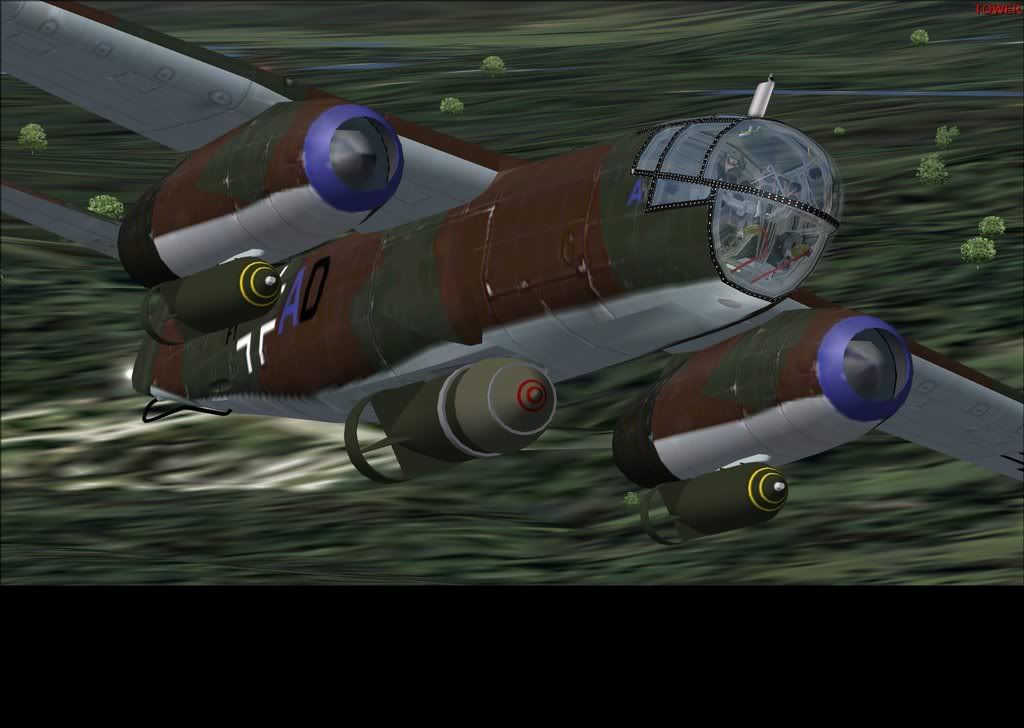
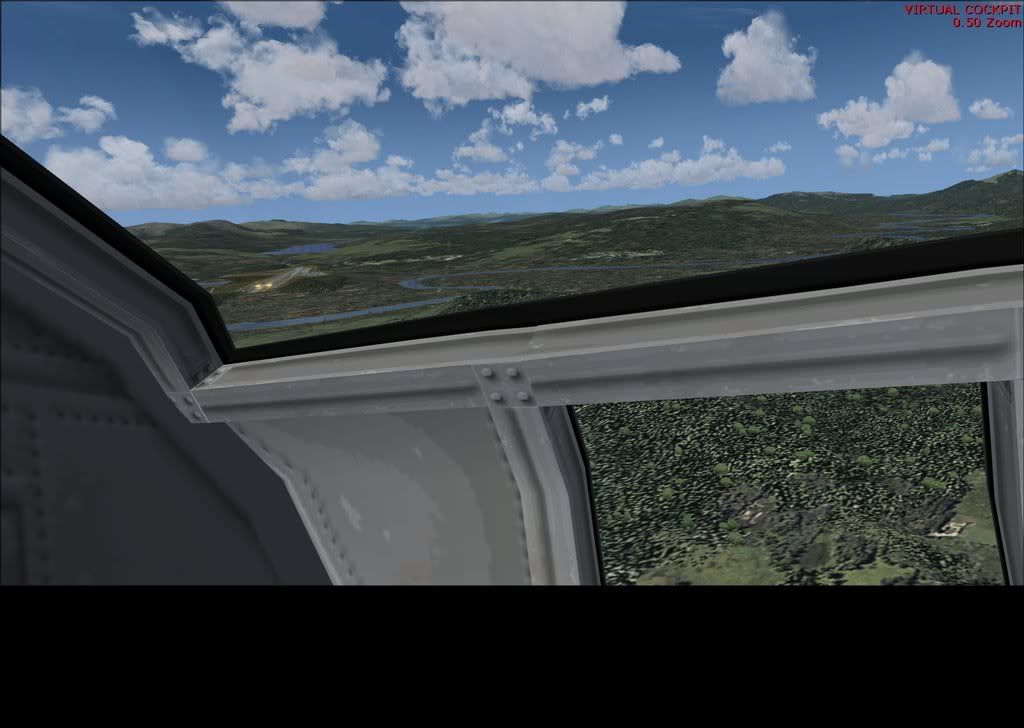
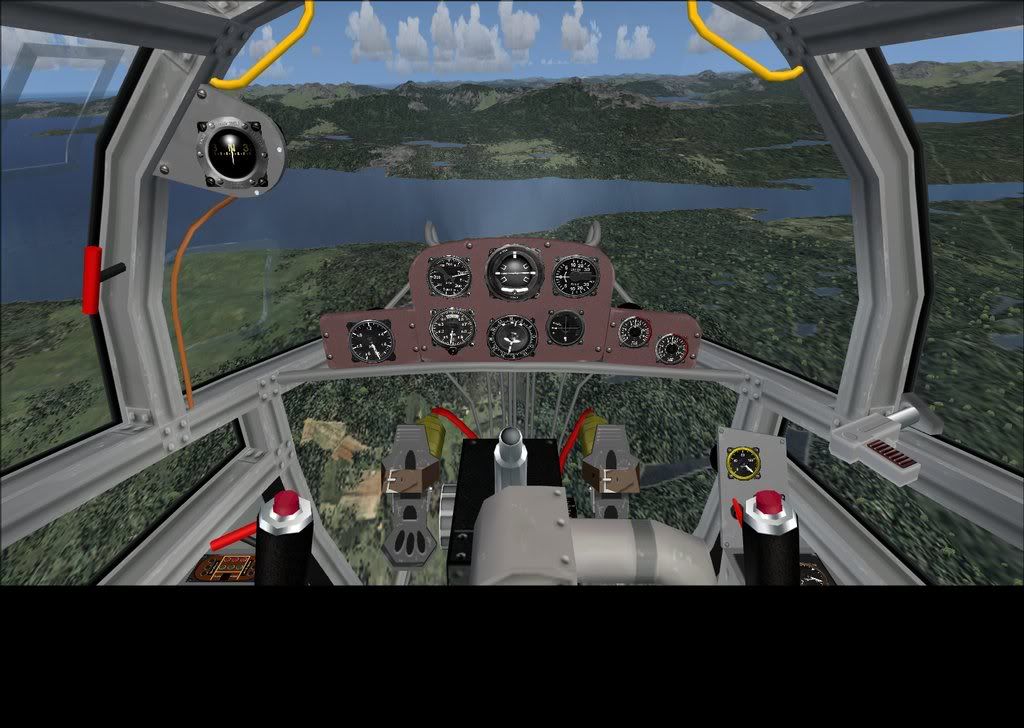

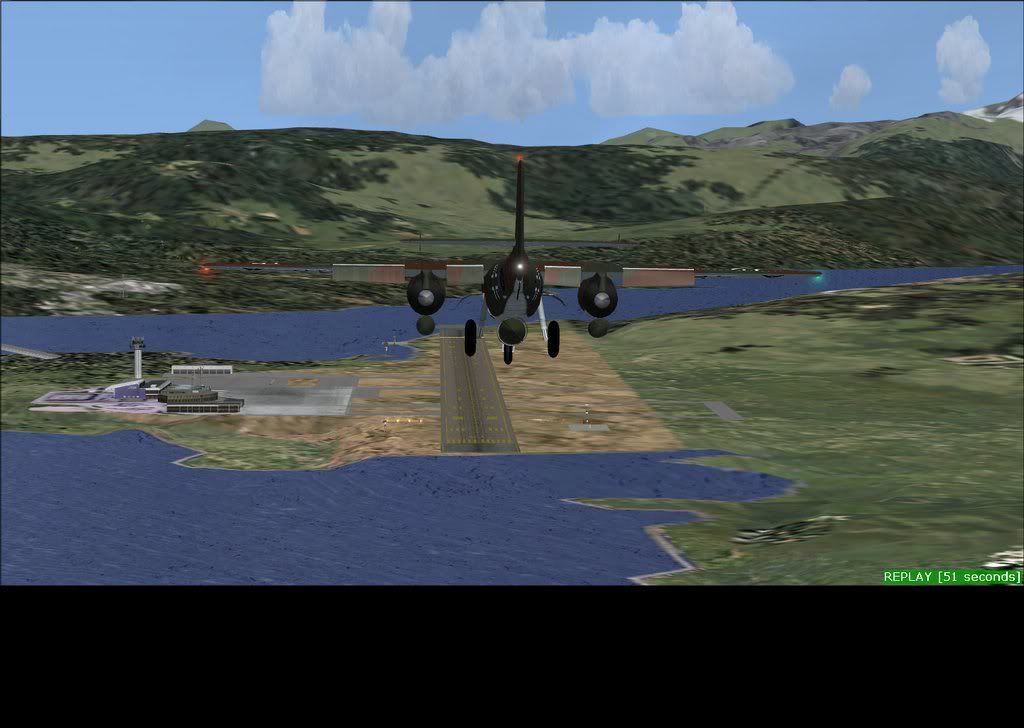
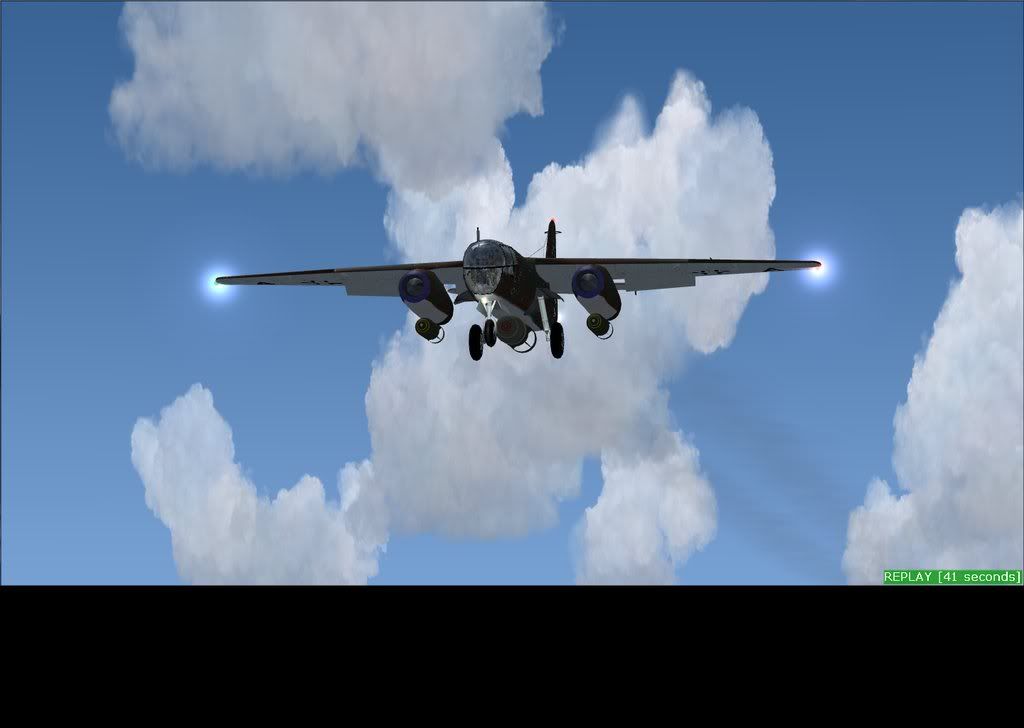
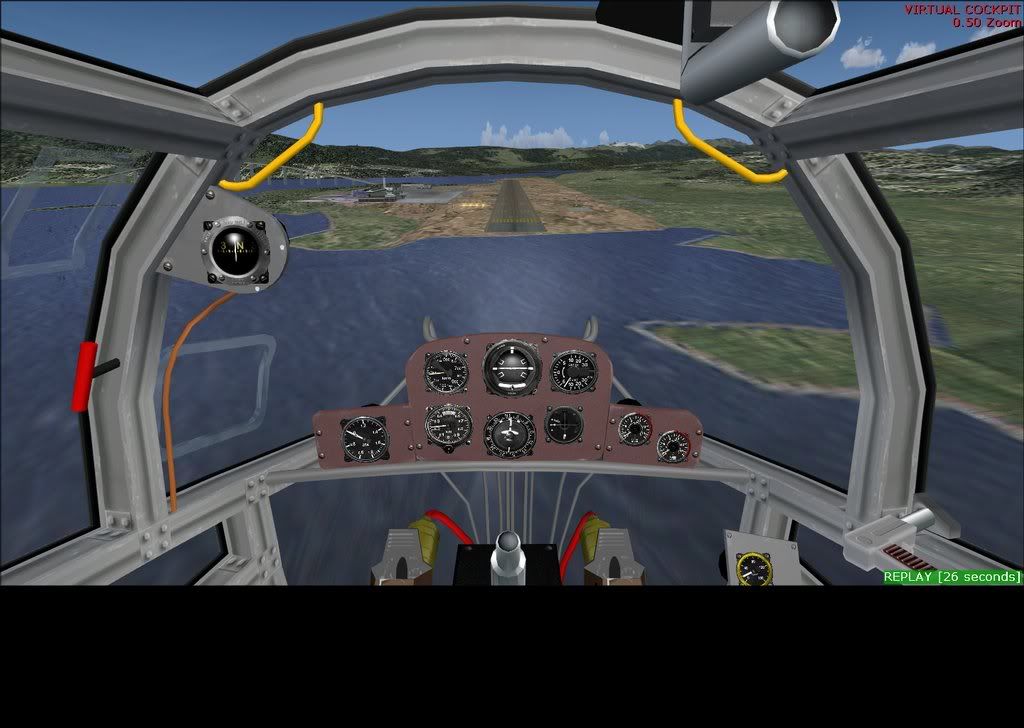
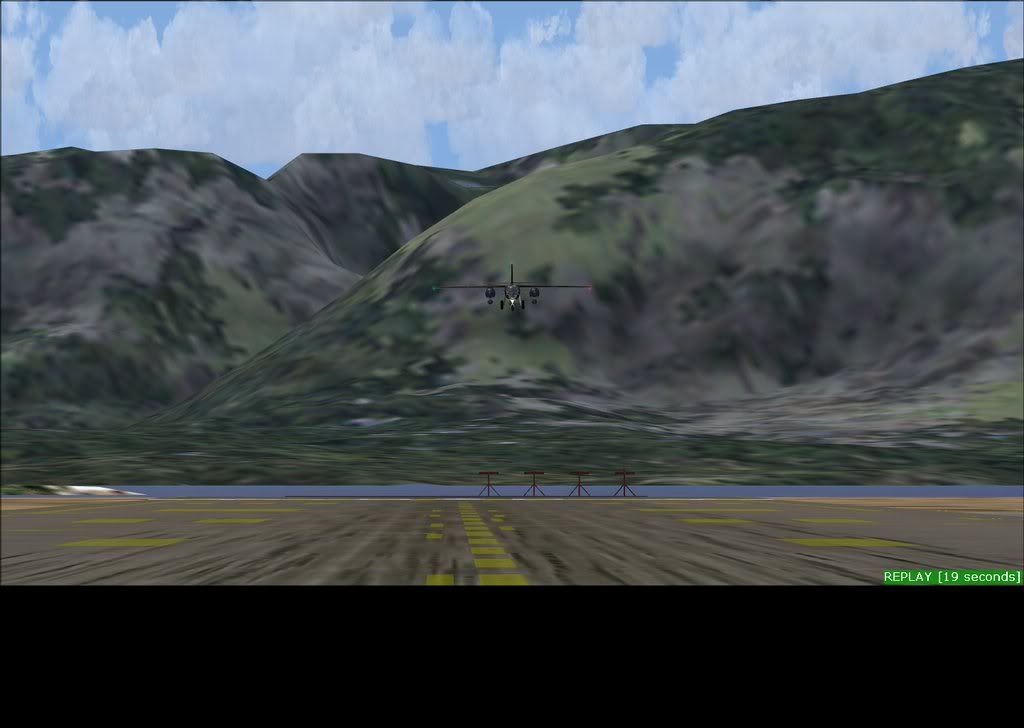
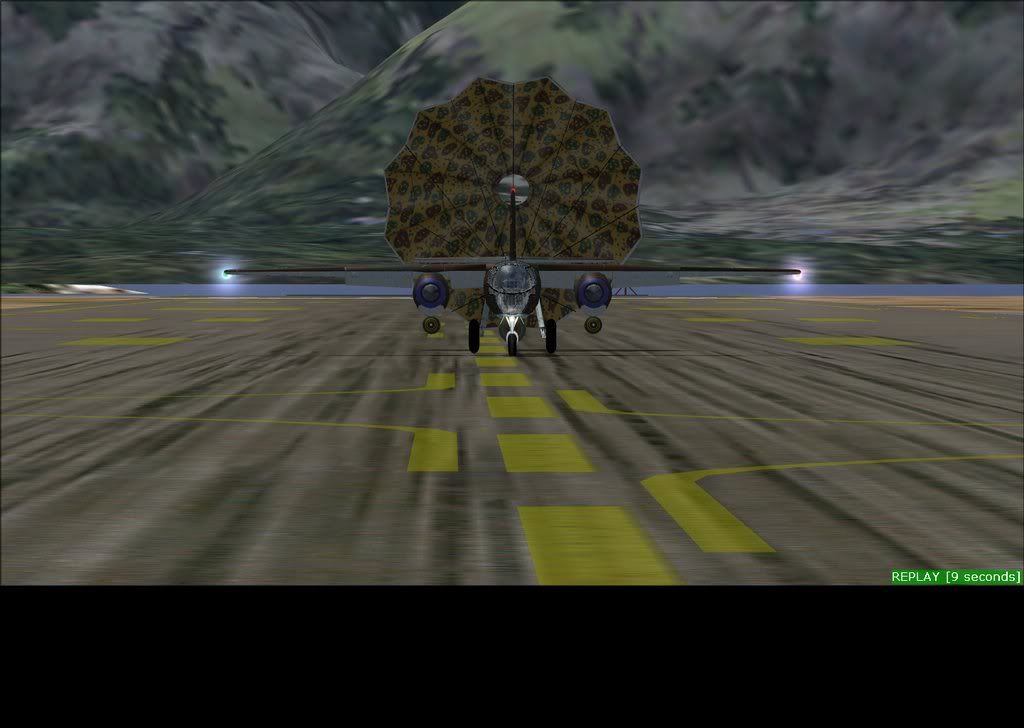
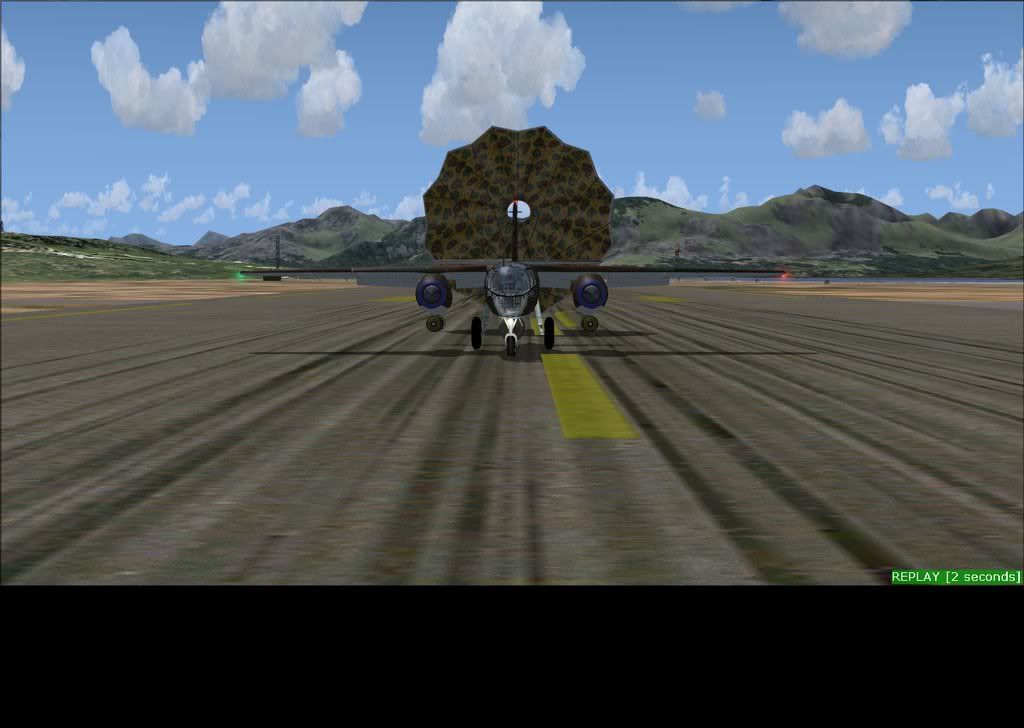
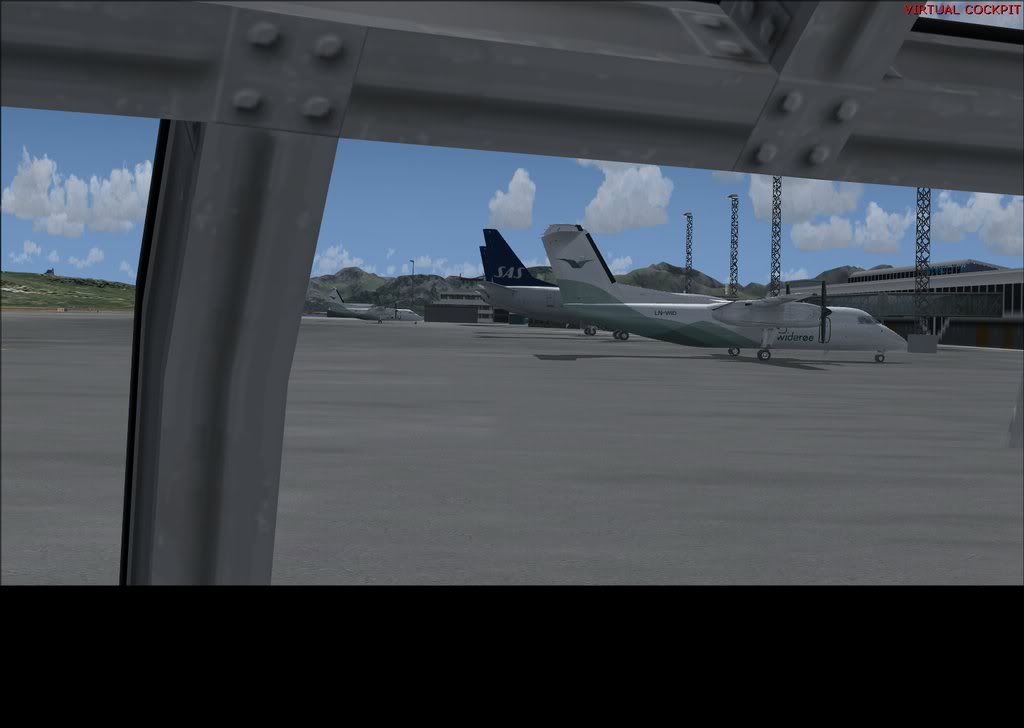
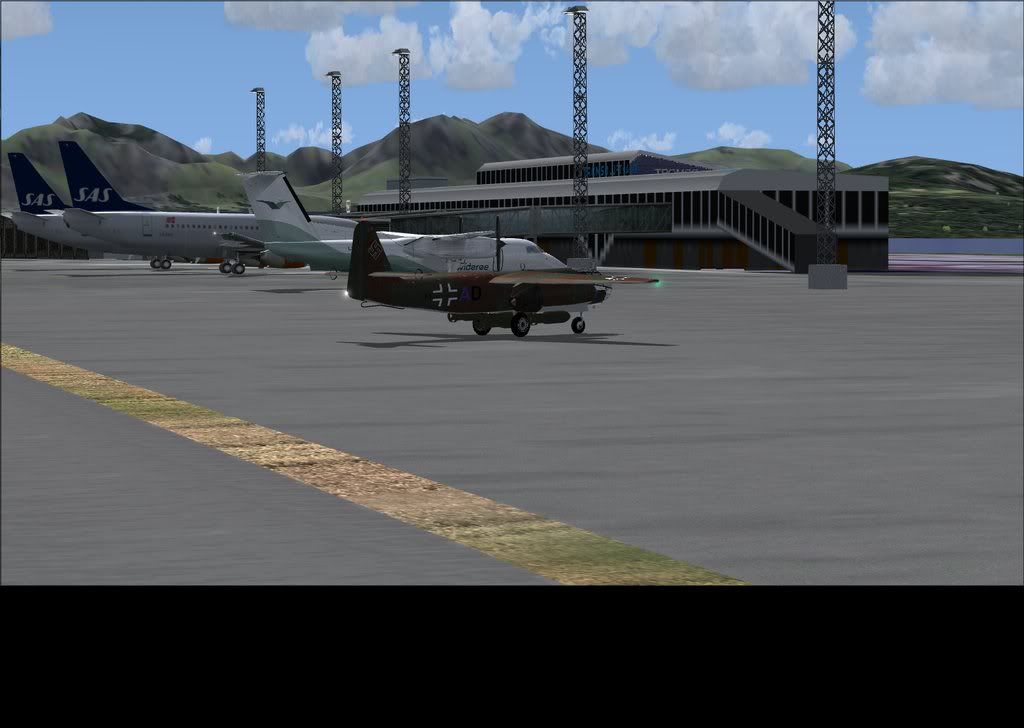
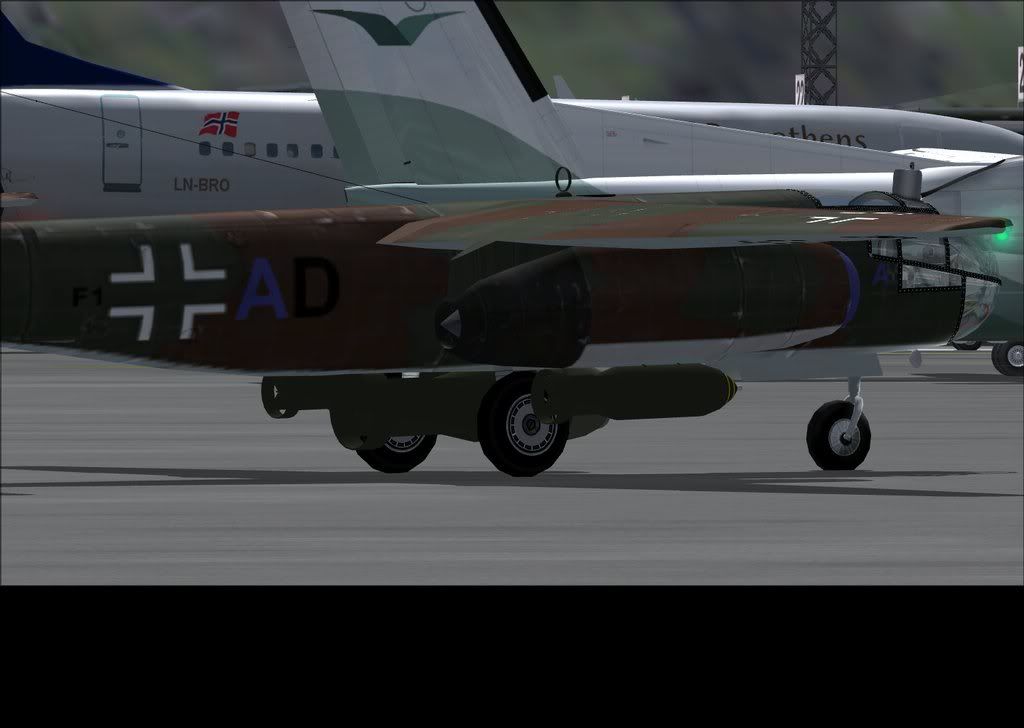
leg gjære igjen en komentar.
-
-
får alldrig start på wilco 300 jeg manuelt men får det til på 700 pmdg
-
widerøe dash 8 gamle farger
-
sNVm-w4gNuE
legg gjærne igjen en komentar og se på landiga jeg landa mitt på :-)
-
så starfigheren i sentrum idag jeg
høres vell lit dumtut
-
var og fløy med en fyr som hetter anders
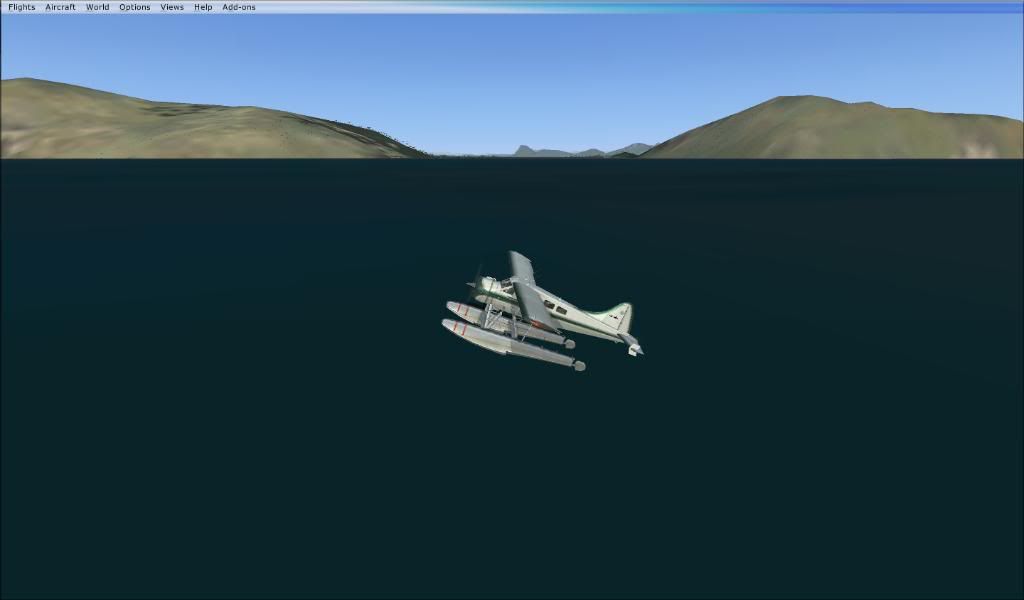
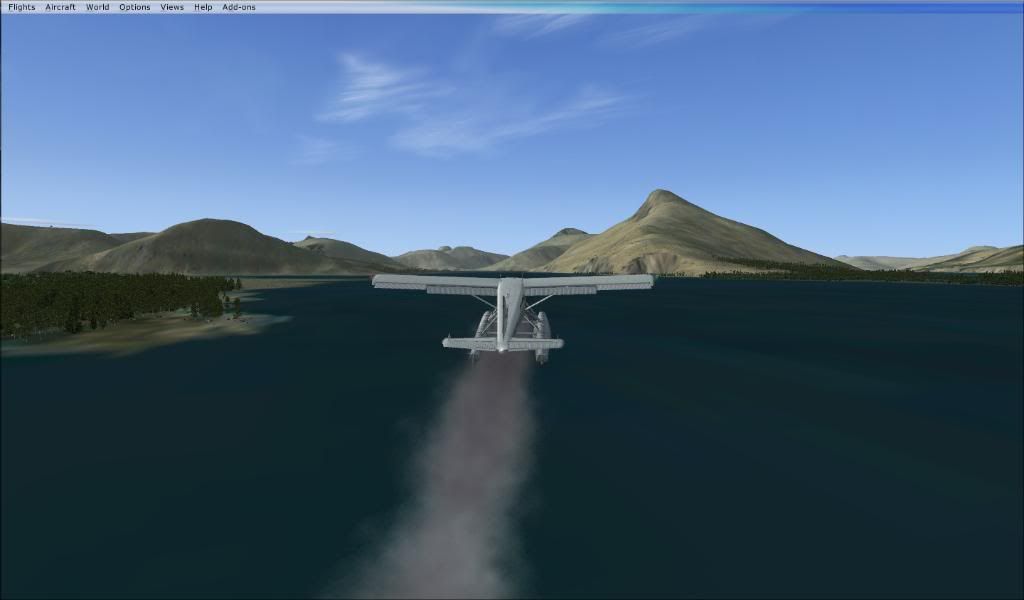

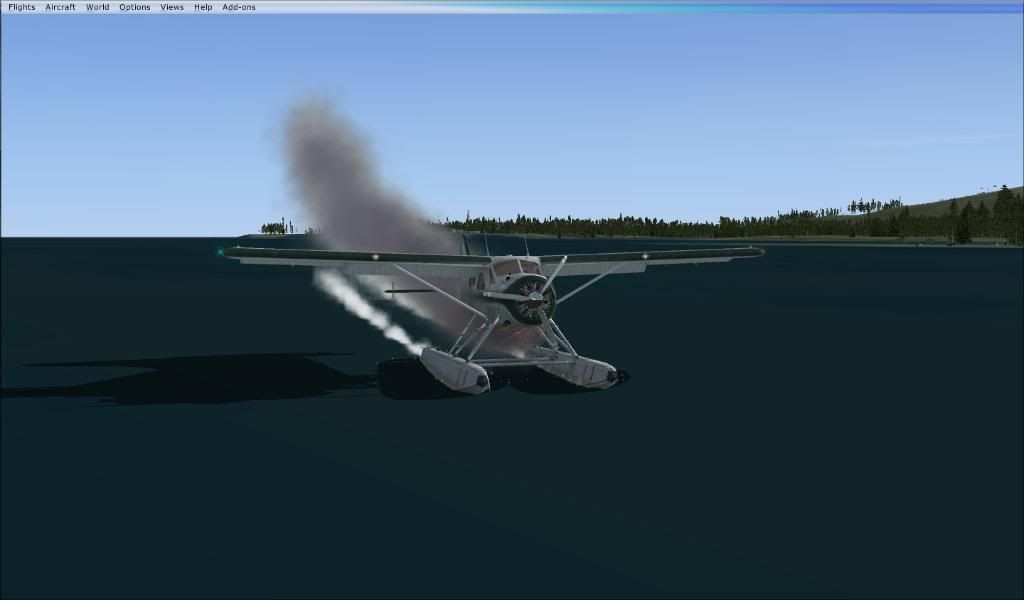
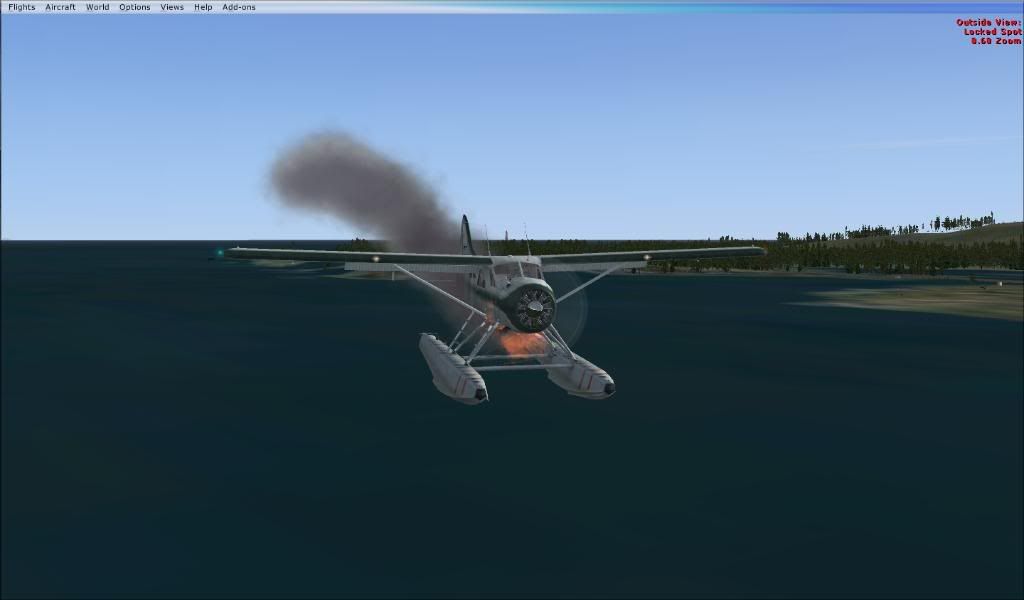
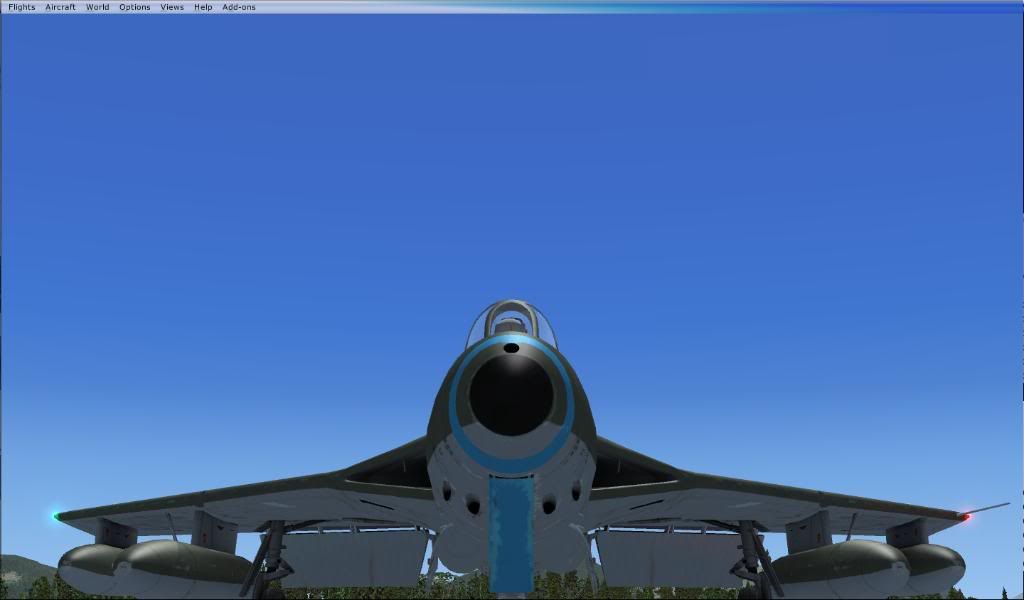
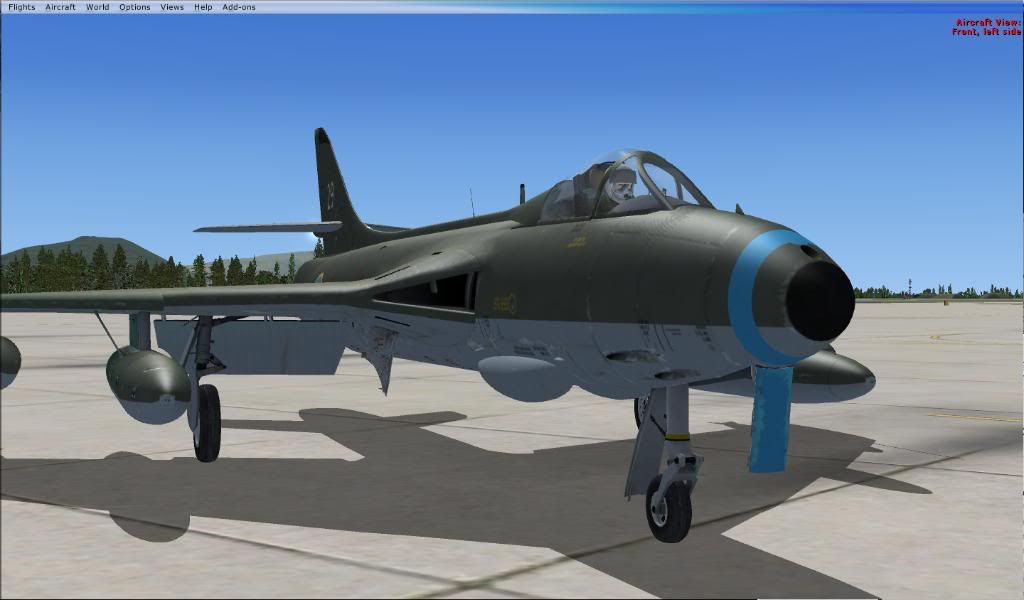
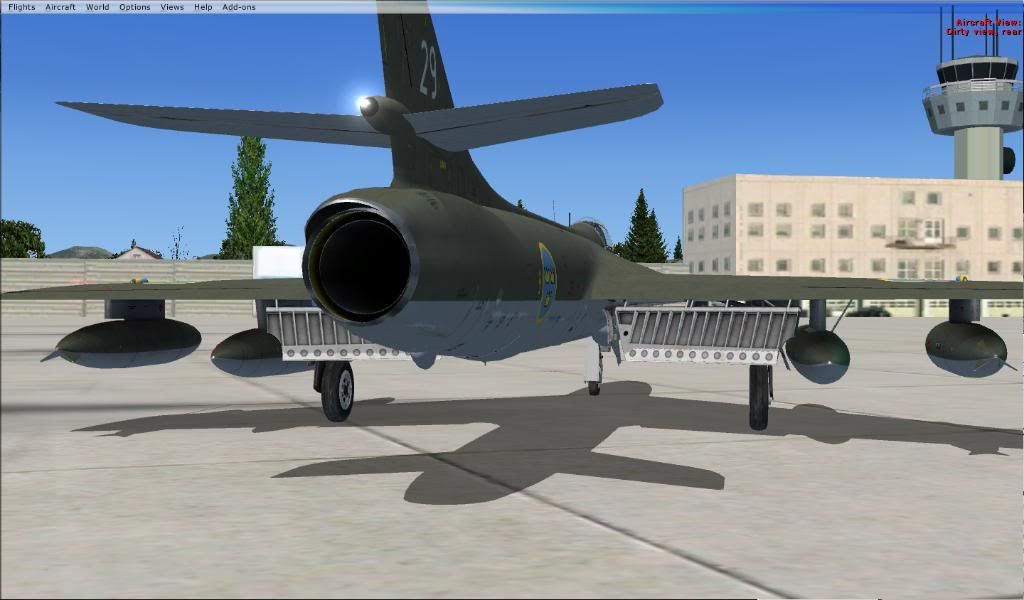
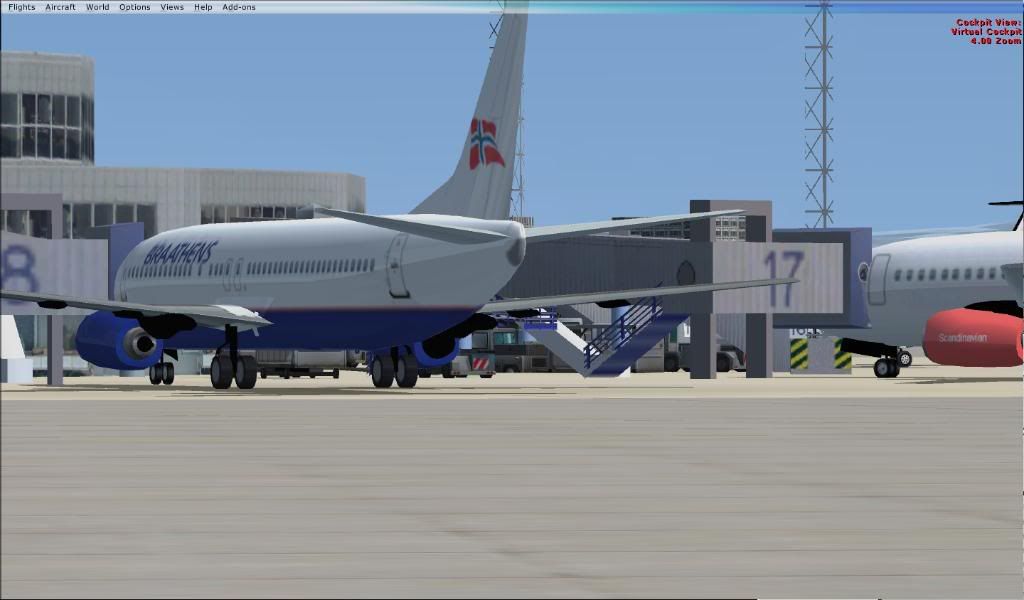
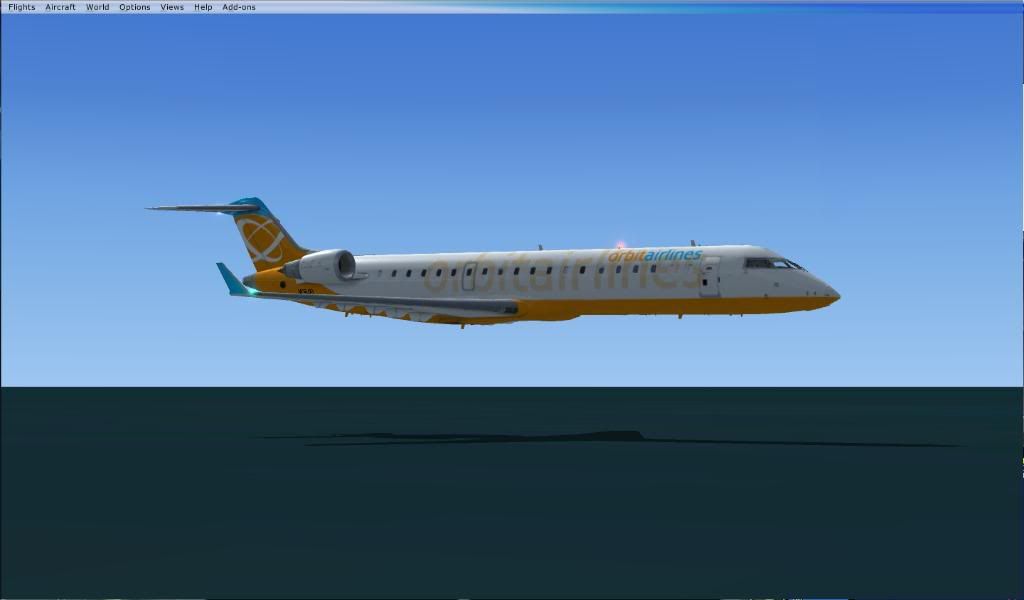
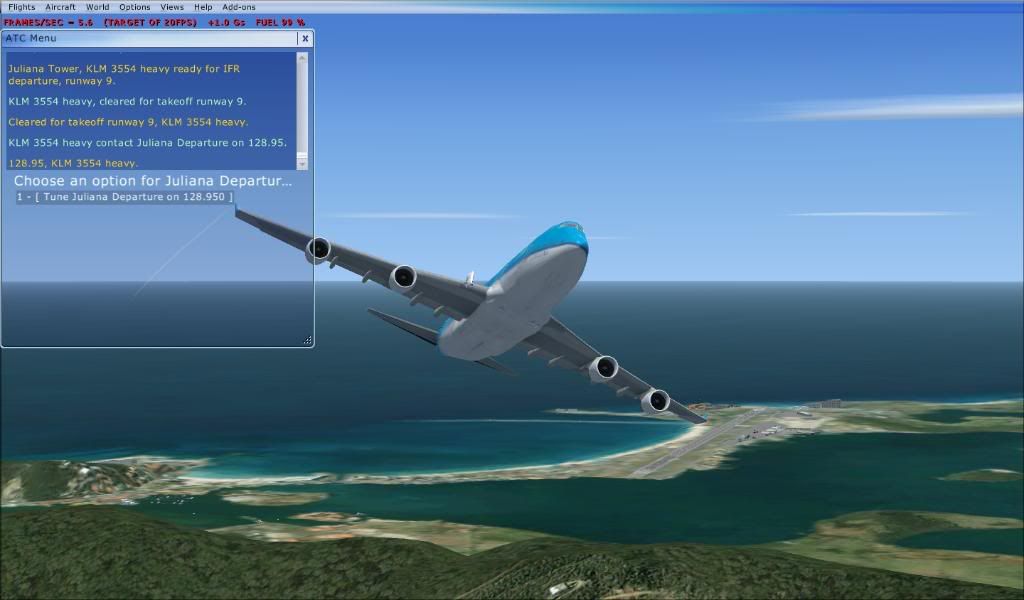
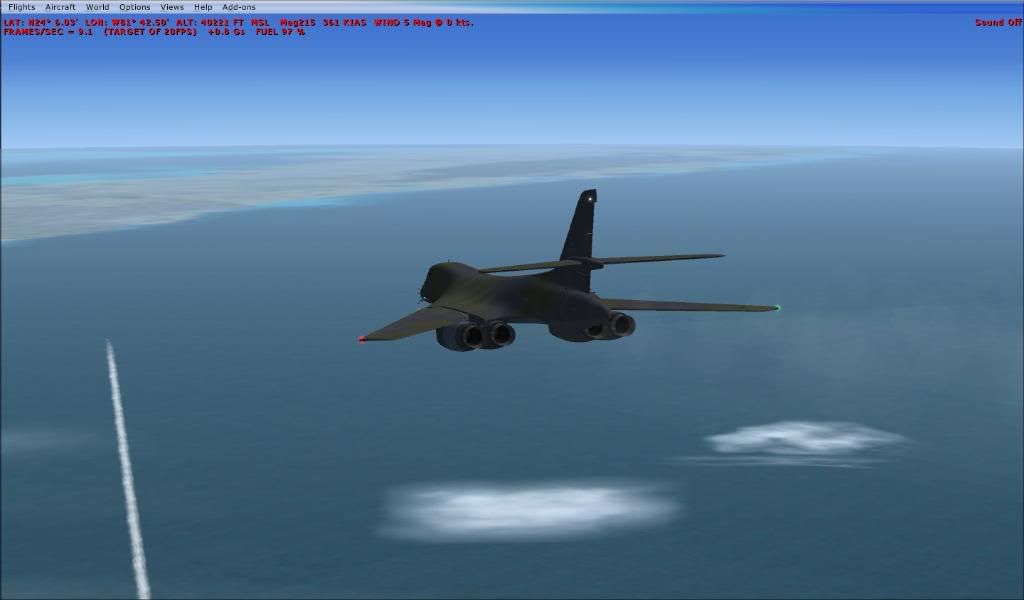

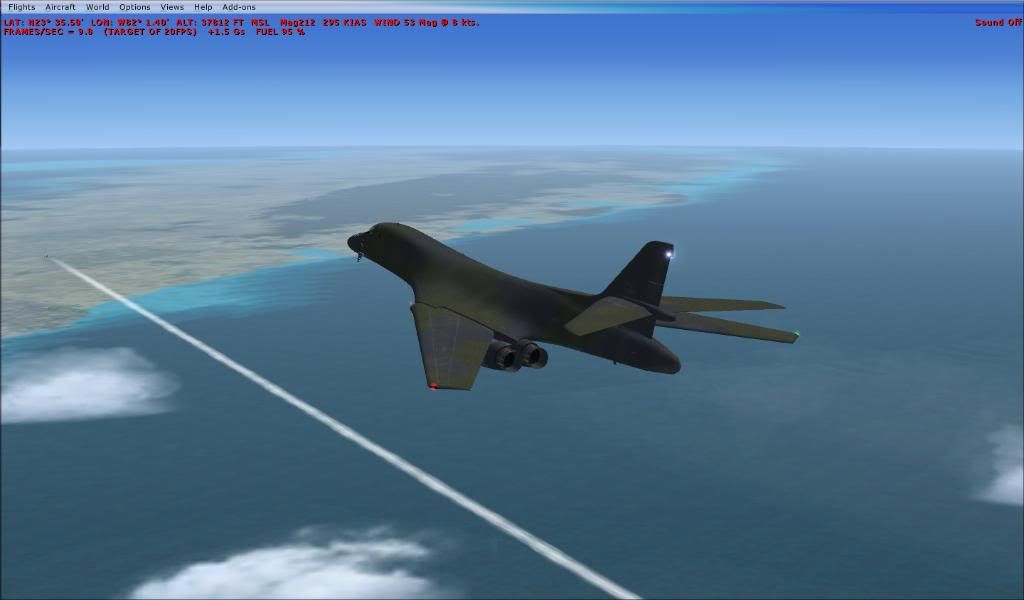
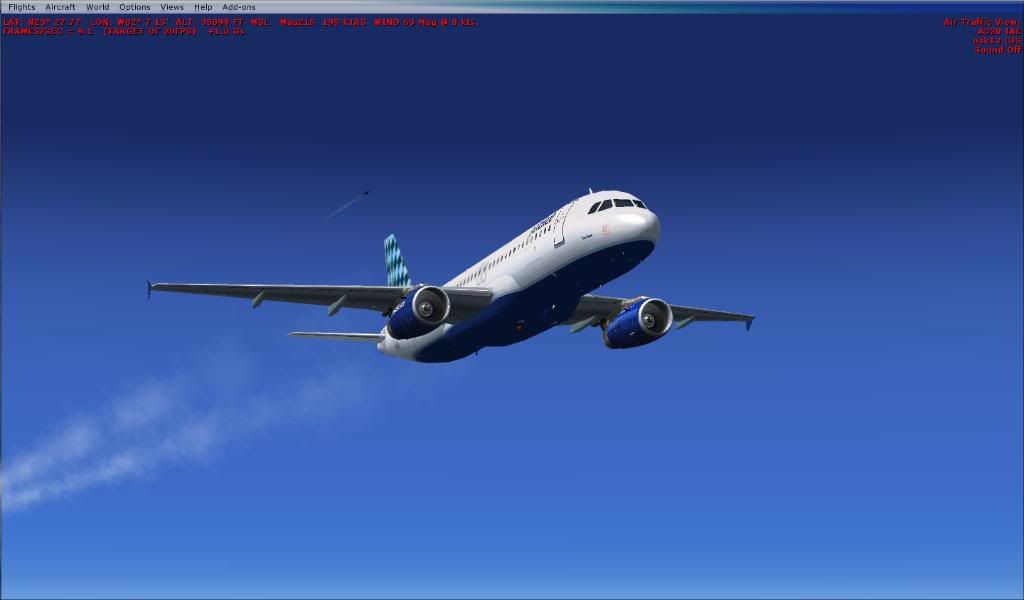

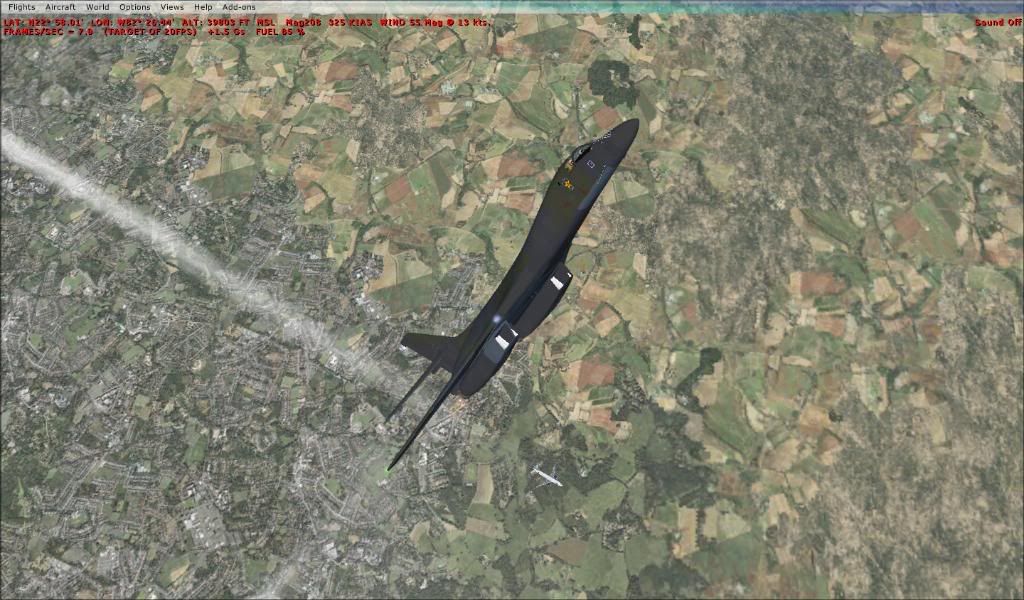
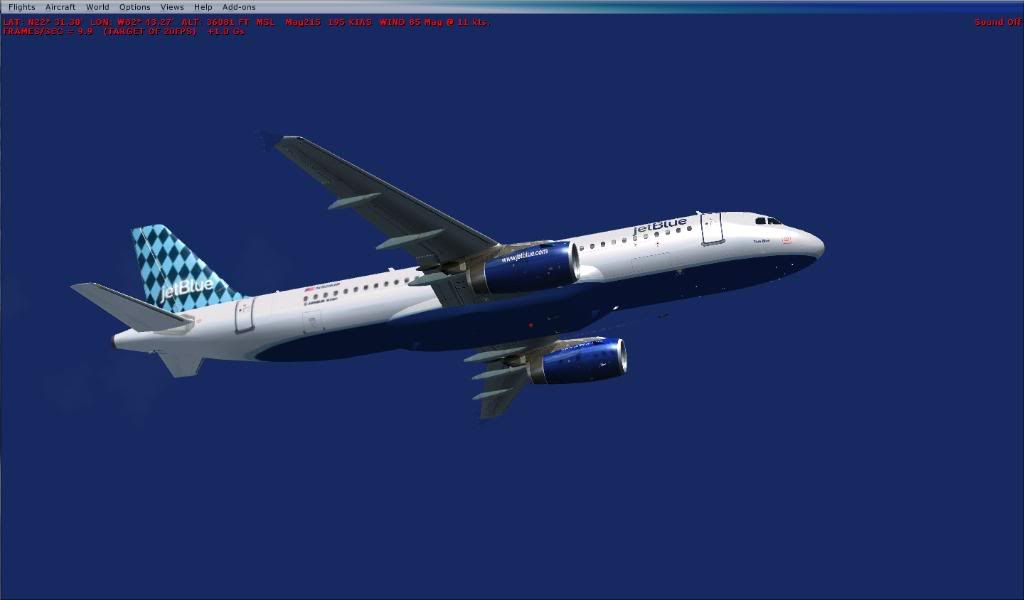
leg gjerne igen en komentar



Holiday[film]
i Kaffekroken
Skrevet
[video:youtube]-YrVSpQpGLc
jeg må bare få lov og takke bjørn martin en gang til.
legg gjærne igjen en komentar